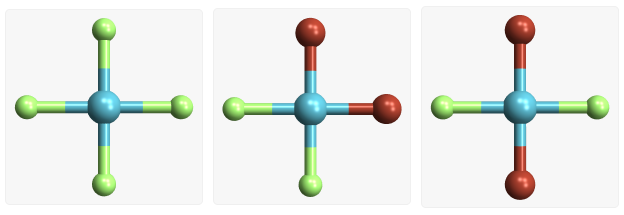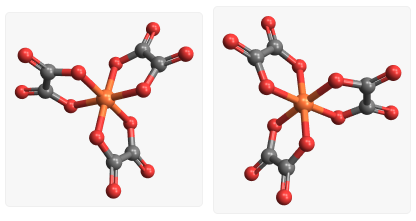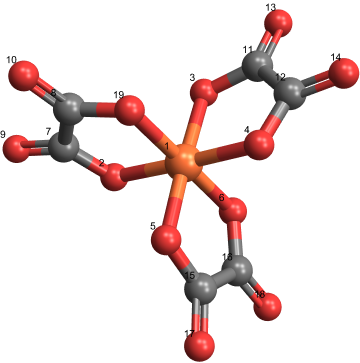
You are using a browser not supported by the Wolfram Cloud
Supported browsers include recent versions of Chrome, Edge, Firefox and Safari.
I understand and wish to continue anyway »
Square planar molecules |

Octahedral molecules |

Optical isomers |

Lambda molecule |

Graphics[ |
Graphics[ |
Graphics[ |
Graphics[ |
Graphics[ |

Graphics[ |


You are using a browser not supported by the Wolfram Cloud
Supported browsers include recent versions of Chrome, Edge, Firefox and Safari.
I understand and wish to continue anyway »